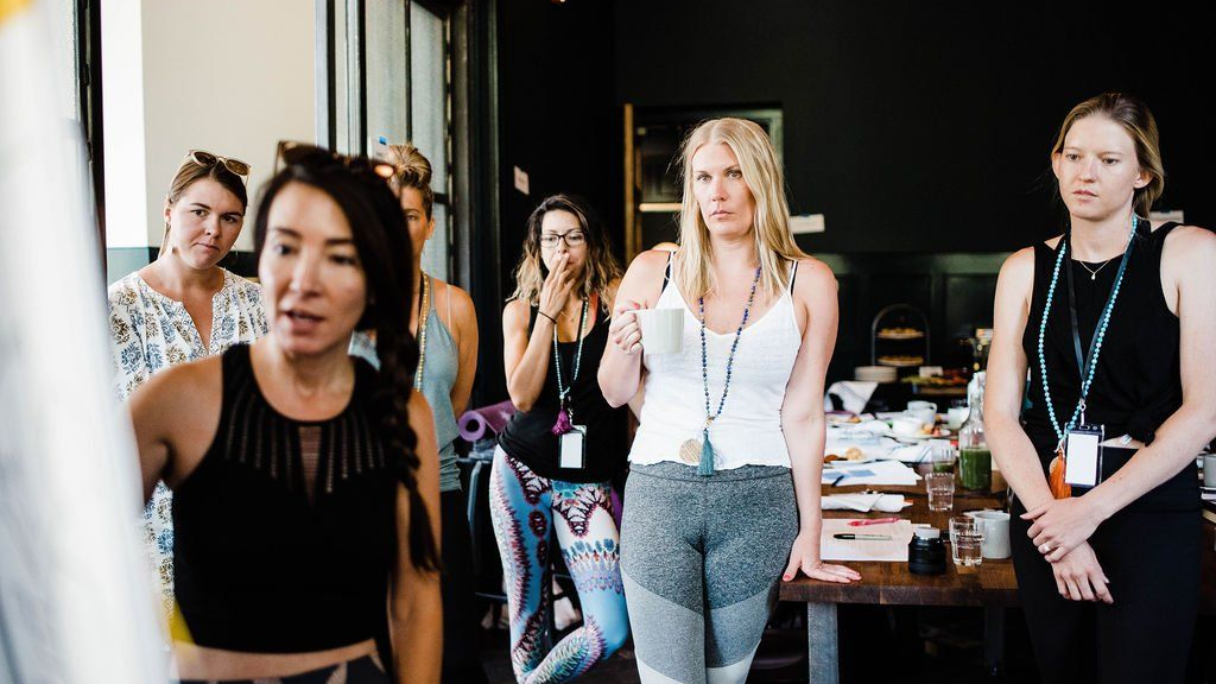Three Activities to Drive Alignment in a Meeting

The other day Stephanie’s sister called her for advice on how to run a meeting she was planning. As a product manager at a big tech firm, she spends a lot of her time managing stakeholders, driving alignment, and leading through influence rather than authority. This particular meeting was going to require all three skills. Her big questions were:
- How should we go forward now that the experiment we tried is definitely not working?
- What should our priorities be?
- Which strategic bet do we want to invest in, and with how much of our resources?
Her plan was to essentially pose these questions to the group, and then have a discussion about each one. Stephanie immediately asked her if there would be any implicit or explicit power dynamics in the room, and whether any person in the group was considerably more extroverted than the others.
You see, her big challenge wasn’t identifying the right question to ask. She had good, open-ended questions that were straightforward enough and easy to understand (although hard to answer). Her challenge was making sure that the ideas that surfaced were all given a fair shake, that no one voice dominated the conversation, and that her process guaranteed the best ideas would bubble to the top.
Here are some fun tricks we recommended to her that day, and ones you can consider for your own meetings:
1. Anonymize the input
One of the best ways to make sure ideas all start off on equal footing is to make sure they are disassociated from the person who came up with the idea. There’s a lot of complexity in power dynamics, willingness to speak up in a group, and how much airspace a person occupies (consciously or unconsciously) that will influence how ideas are perceived. By anonymizing the idea generation, all ideas begin on equal ground. One way to do that is to provide everyone in the room with a stack of sticky notes. Tell each person to generate several ideas, putting each idea on its own sticky note. Then throw all the sticky notes up on a wall together without anyone saying a thing out loud.
2. Identify popular ideas with democratic “voting” strategies
A great way to grab a pulse check of the room and determine where there are areas of alignment or misalignment is to have people “vote” on ideas. A low-fidelity way of doing that is to give everyone 2-3 “check marks” and tell them to put a check next to the 2-3 ideas they think are best. This will surface which ideas are clear “winners” and which warrant more conversation or debate. What’s great about this technique is that everyone’s voice is awarded equal weight, irrespective of how talkative they are.
3. Play Devil’s Advocate
Sometimes the challenge with debating the relative merits of a variety of ideas is that people are too polite to be candid, or they may see so much nuance and complexity in the ideas that there is no obvious best idea. In these cases, consider setting up a debate challenge where people in the room are tasked with arguing whole-heartedly for a specific idea for 5-8 minutes. Set up teams. Have groups align on a debate strategy and actually award the team that makes the best arguments. Consider assigning people randomly to an idea rather than having them opt into the one they already support the most… this will encourage people to consider other viewpoints, and will more likely drive the alignment you’re seeking.
No matter what problem you’re trying to solve, these strategies will help your multi-stakeholder groups find alignment and focus their discussions where it matters most.
What strategies and techniques help you drive alignment in your meetings?
Recent Posts





